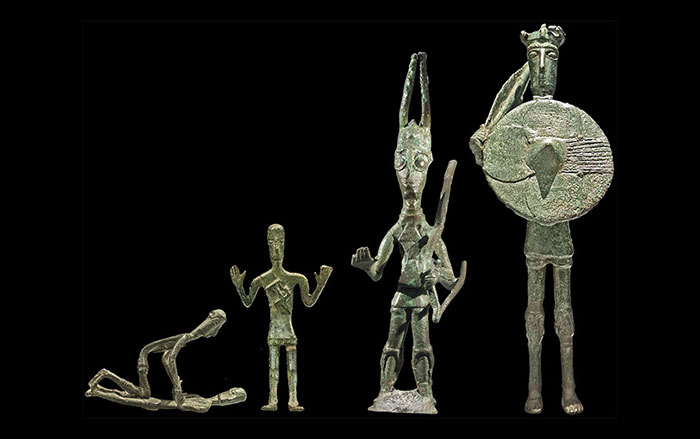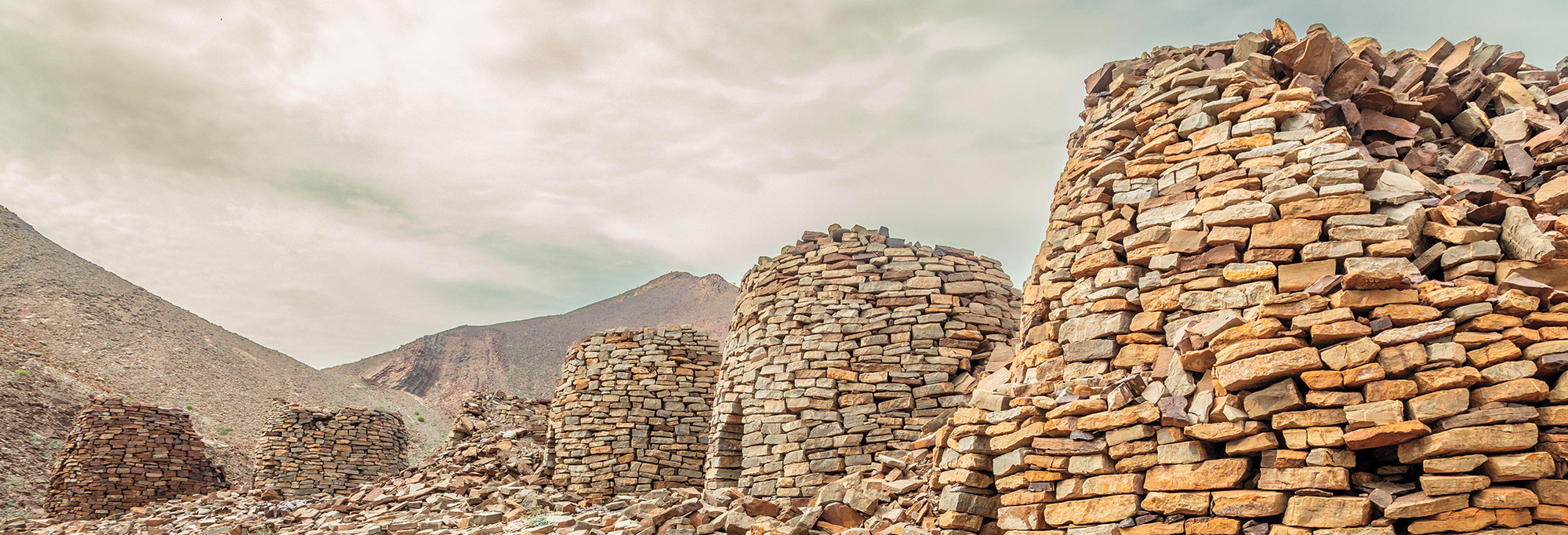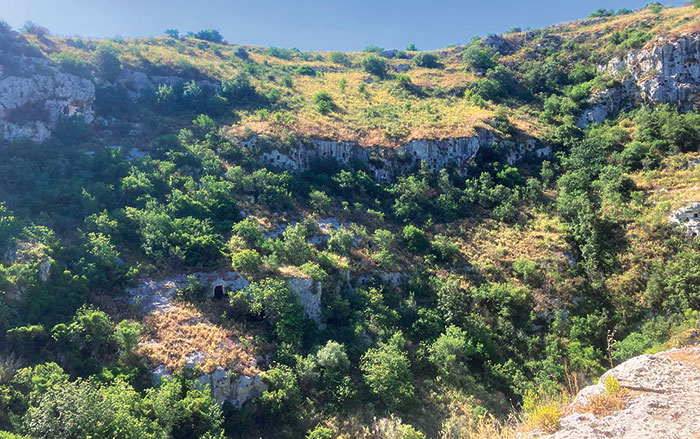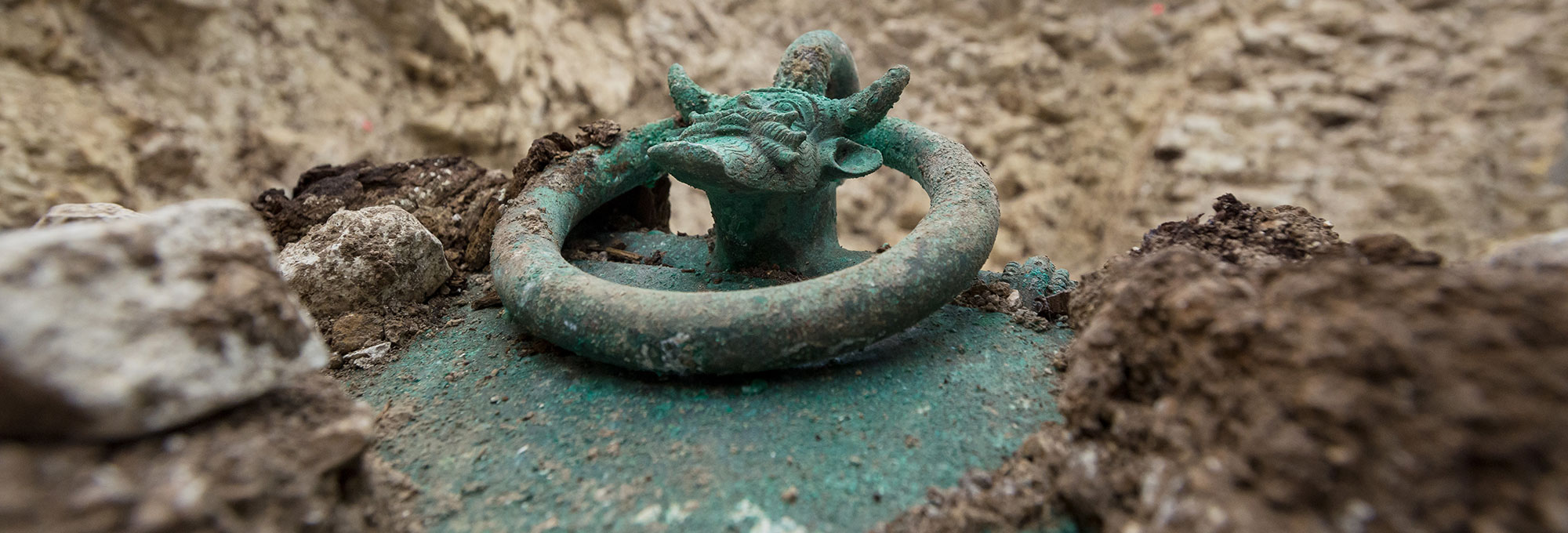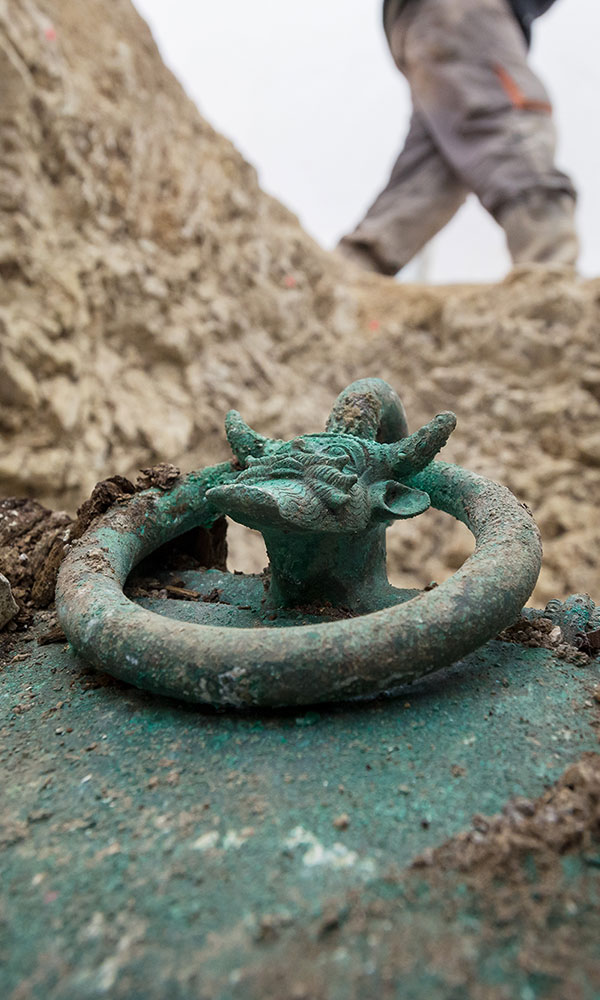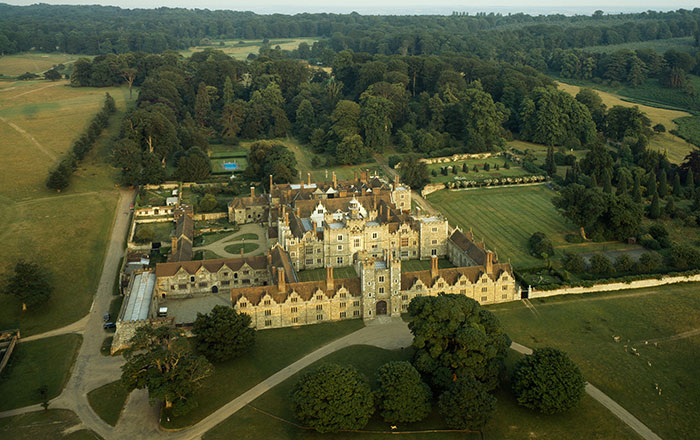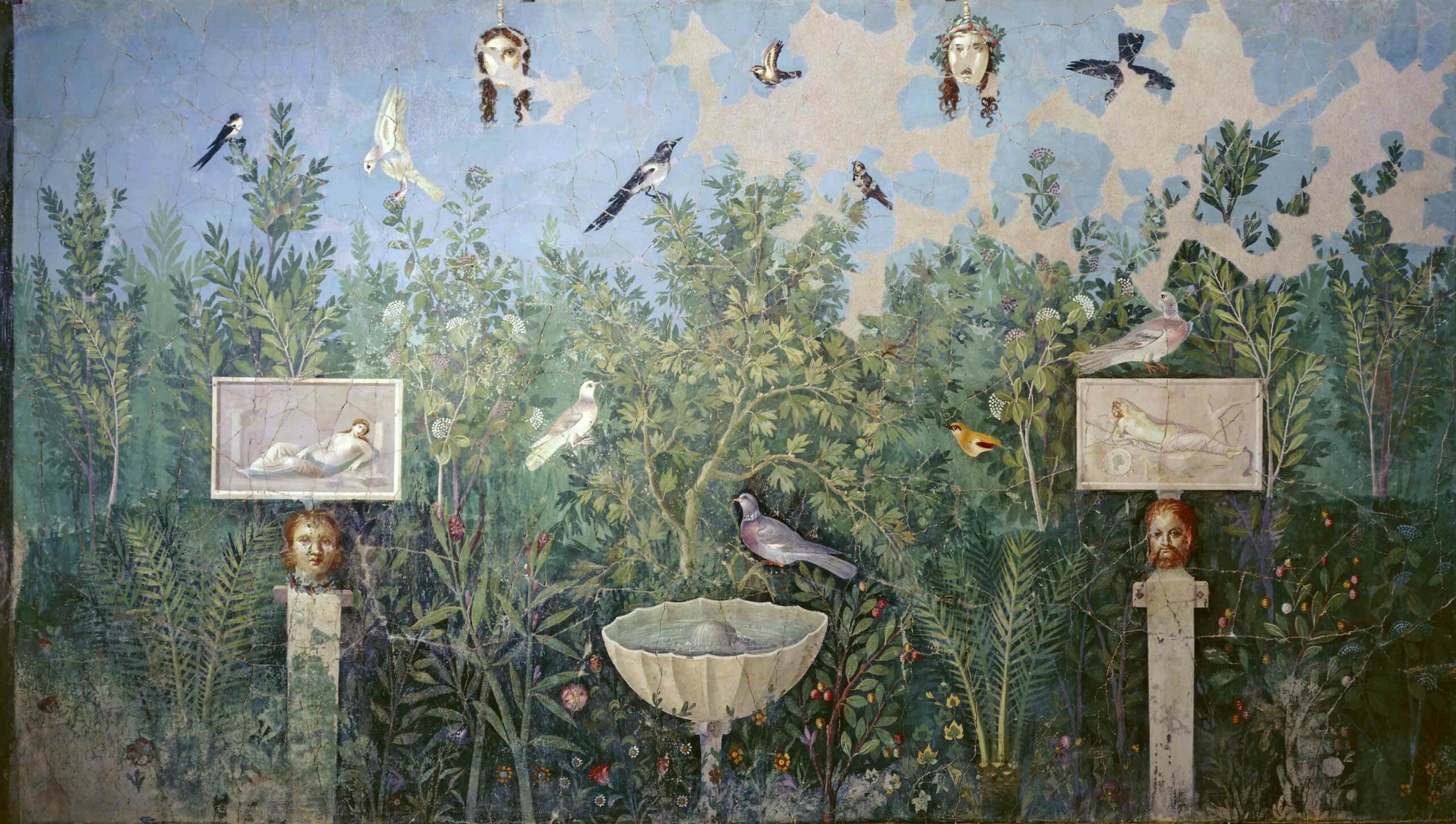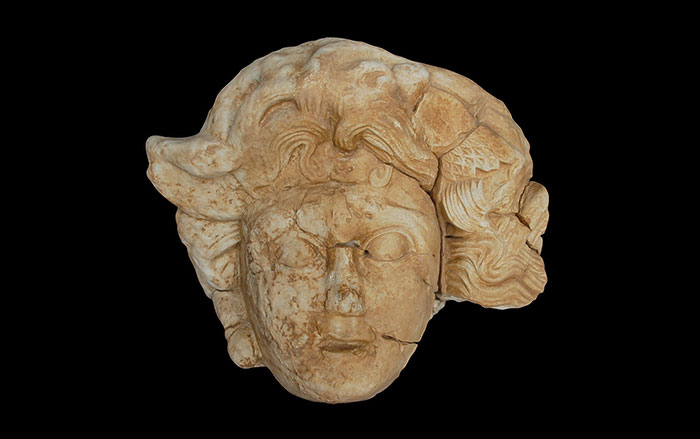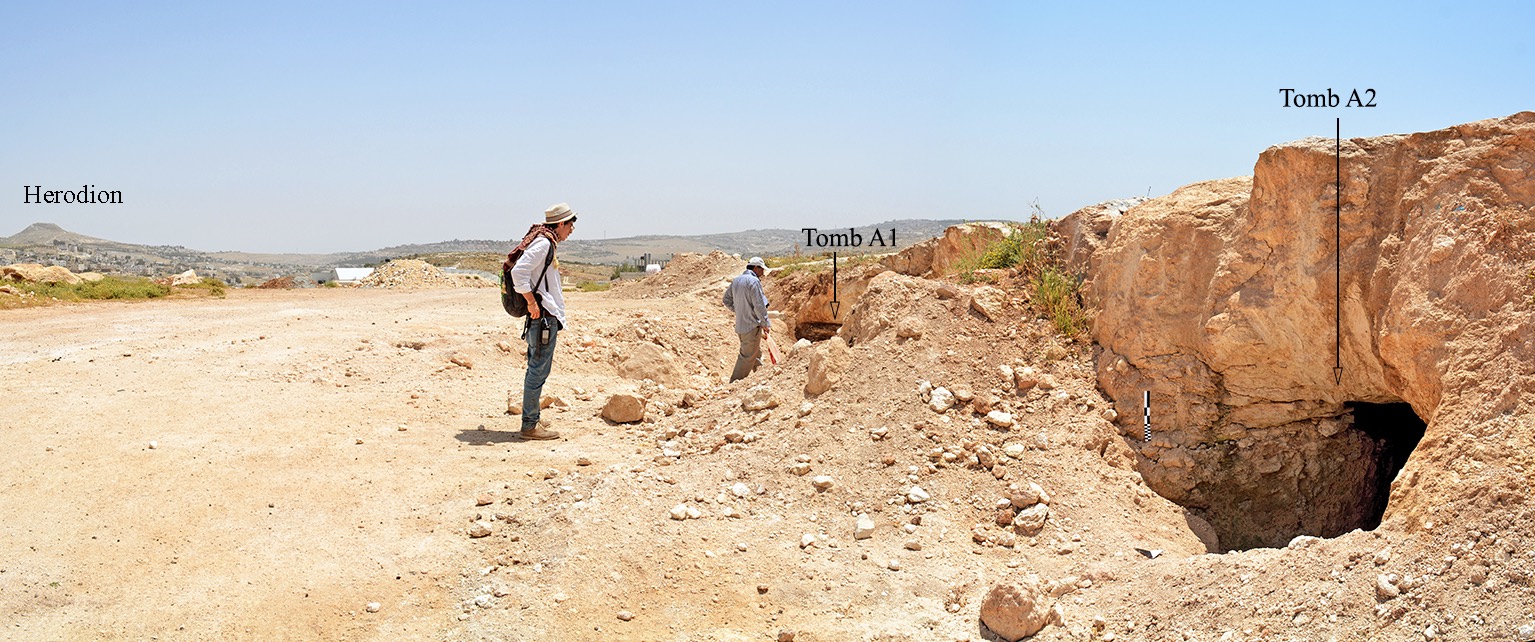
ROME, ITALY—A 4,000-year-old cemetery made up of more than 100 tombs has been found near Bethlehem in the West Bank. Now known as Khalet al-Jam’a, the cemetery probably served an undiscovered settlement for more than 1,500 years. Many of its tombs have been destroyed by modern construction or looting, but at least 30 tombs have survived. Many of them are shaft tombs with one or more rock-cut chambers. According to Lorenzo Nigro of Sapienza University of Rome, the settlement was situated near trade routes, and artifacts from the tombs indicate that it had been a wealthy place. “Typical pieces of the burial sets are finely executed carinated bowls, small shouldered jars/bowls with everted rim[s], one-spouted lamps, huge and well-refined Canaanite jars with two or four handles, as well as bronze daggers and spearheads,” he wrote in the journal Vicino Oriente as reported in Live Science. The settlement may have been “Beth-Lehem,” referred to in ancient texts. The cemetery fell out of use around 650 B.C. “It seems that the town suffered a crisis,” Nigro wrote in Vicino Oriente. To read about Egyptian influence in Canaan, go to "Egyptian Style in Canaan."


